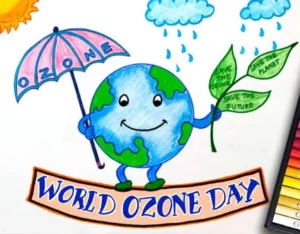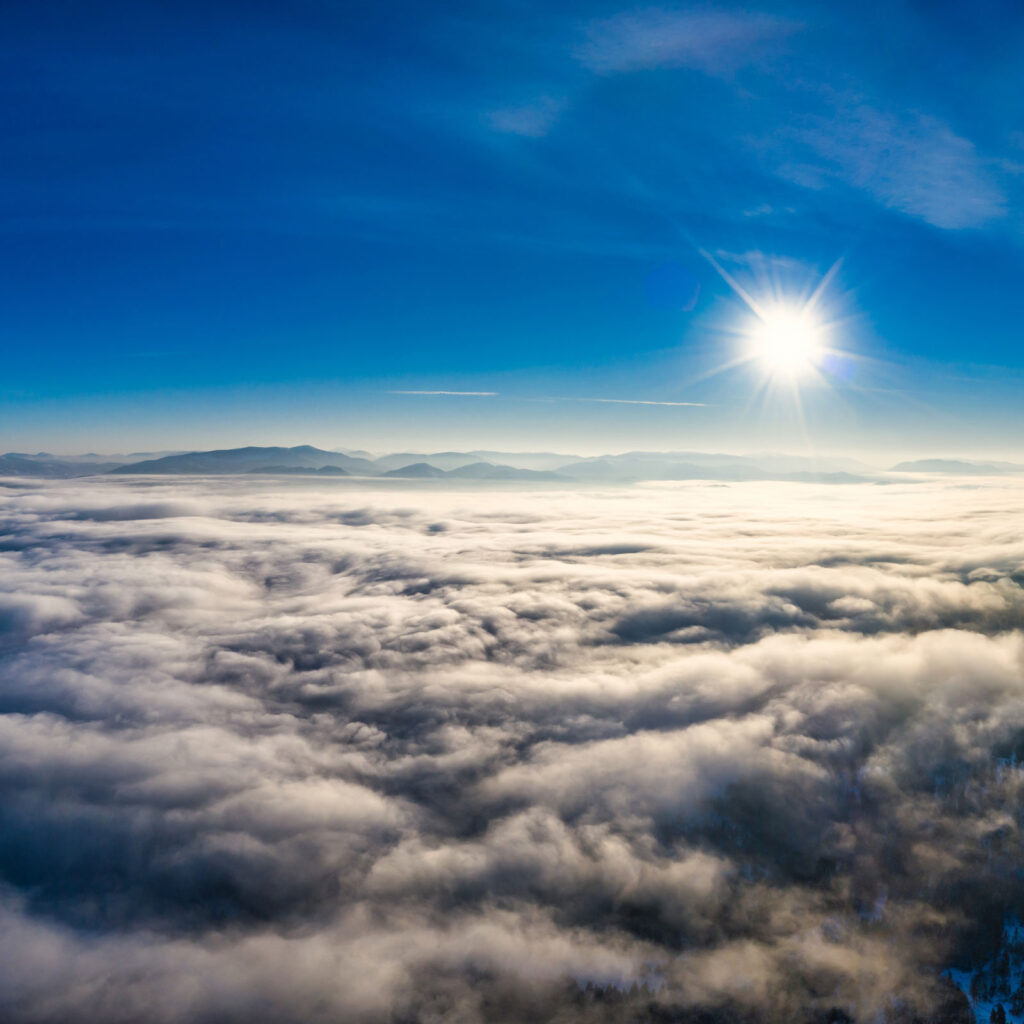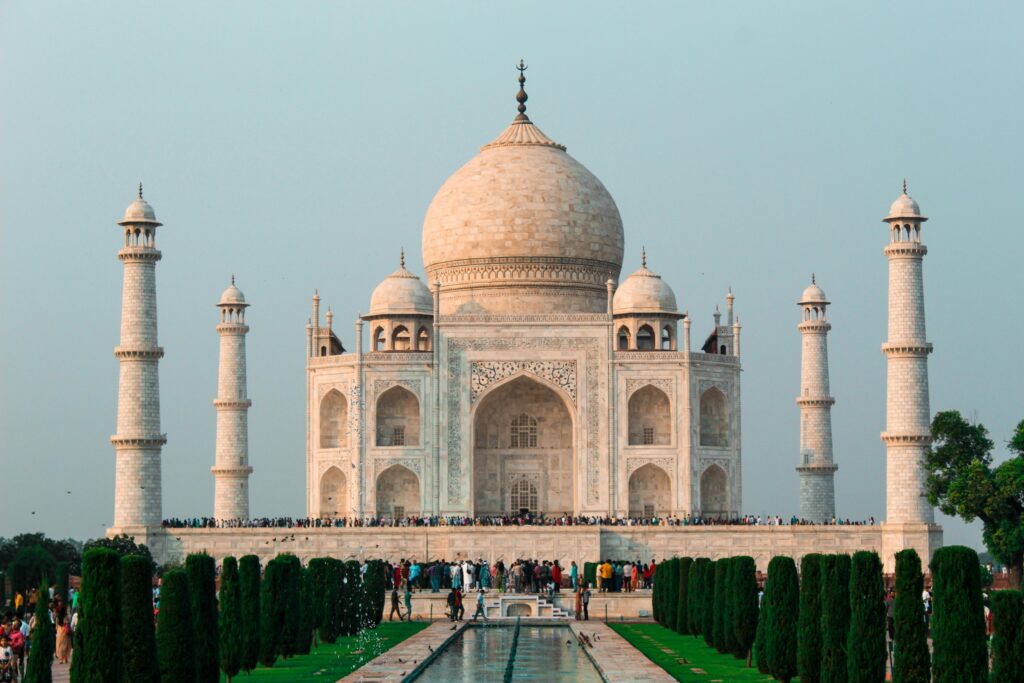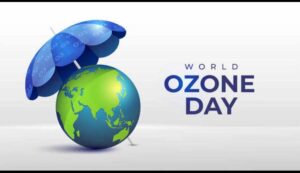
World Ozone Day: A Global Call to Protect Our Atmosphere
This is the month for World Ozone Day. On September 16 every year, governments around the world take a break. It is an important anniversary because it brings to mind our common responsibility to protect the atmosphere that covers all living things on earth from harmful ultraviolet rays.
It commemorates the date for the signing of the Montreal Protocol on Substances that Deplete the Ozone Layer, an international treaty reached in 1987. The Montreal Protocol is a landmark in the history of environmental diplomacy, simply a shared commitment to address the serious threat of ODS.
The Ozone Layer: How Important?
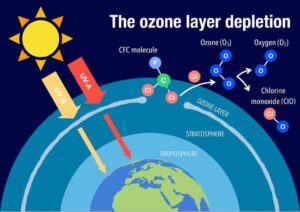
The ozone layer is a thin layer of ozone molecules in the stratosphere that protects the Earth from harmful ultraviolet radiation from the sun. If this shield were to break, the intensity of UV radiation reaching the ground would increase significantly, thus leading to serious health consequences: a higher incidence of skin cancer, cataracts, and other UV-promoted diseases. The additional UV radiations may further interfere with the ecology, consequently hurting the phytoplankton, the population of fish, and even plants on land.
The Montreal Protocol: An enormous success
The Montreal Protocol became established to fight dangerous ozone depletion specifically because of man-made chemical substances consisting of chlorofluorocarbons (CFCs), halons, and other compounds once widely used in refrigeration and air conditioning paintings, consisting of aerosols and propellants. Known
Since its inception, the Montreal Protocol has been considered by many to be one of the most successful environmental treaties of all time. According to the United Nations Environment Program (UNEP), the agreement considerably decreased the production and implementation of the SDGs. As a result, the quantity of CFCs within the ecosystem has decreased by approximately 80% since the agreement was signed. This dramatic lower contributed to the slow recovery of the ozone layer.
Current Challenges and Role of World Ozone Day
Even with all those successes, challenges persist. For instance, recent measurements showed that some banned substances, such as CFC-11, had been present, which may have indicated illegal production or use. Additionally, although the depletion of ODS had reduced the magnitude of climate change, the connection between the recovery of the ozone layer and global warming was complex.
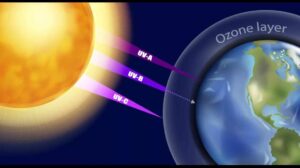
World Ozone Day is a very important platform that deals with such ongoing issues and brings the interrelation existing between ozone protection and climate change mitigation. The World Ozone Day 2024 theme goes like this: “Ozone for Life: 40 Years of Ozone Layer Protection.” That is four decades when the globe had been ensuring protection toward this most essential atmospheric shield.
International Cooperation and Implementation of the Montreal Protocol in the Future
The future demands international cooperation and compliance with the Montreal Protocol. The Kigali Amendment to the Protocol, agreed upon in 2016, lays down a phase-down of HFCs, which are an extremely potent greenhouse gas substitute for ODS. The Kigali Amendment is the next step forward in the integration of protection of the ozone layer into tackling climate change efforts.
Institutional and public awareness programs help to keep the momentum moving. On World Ozone Day, governments, organizations, and people are invited into various activities that aim at building an understanding of ozone layer protection and its benefits. Among the events to be held may include educational seminars, media campaigns, and other community-based projects relevant to maintaining a healthy ozone layer.
Conclusion
World Ozone Day is more than a reminder of the years of conquests, but rather a call for action into the future. It serves as a reminder that awareness and action to combat ozone depletion as well as climate change are still well-needed efforts. The progress made and challenges remaining must be marked with a celebratory reaction. It will also be the aggregate activities of nations, organizations, and individuals as we move forward that will provide safe and sustainable environments for all.
